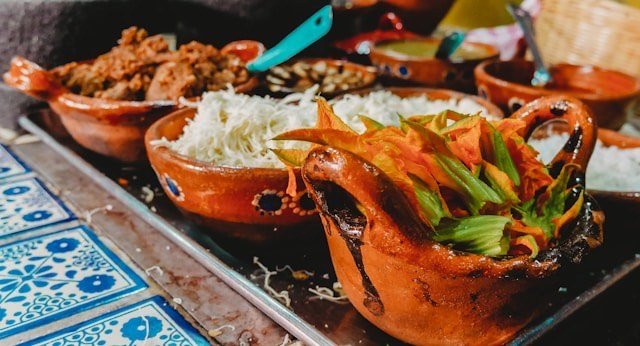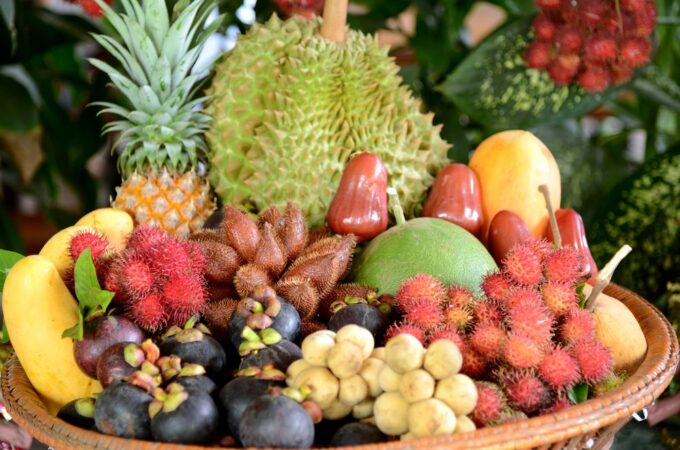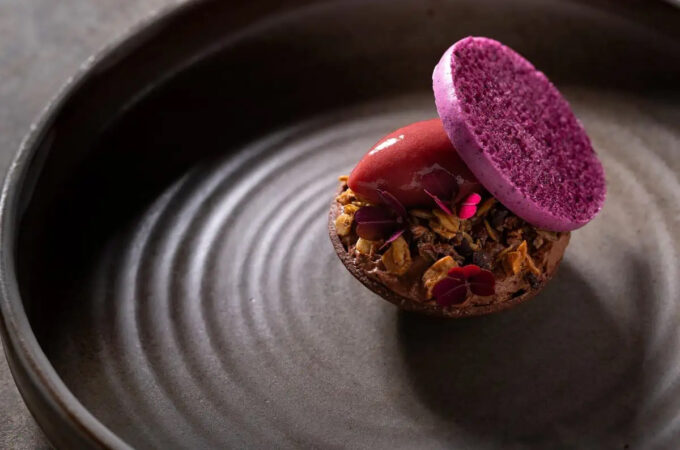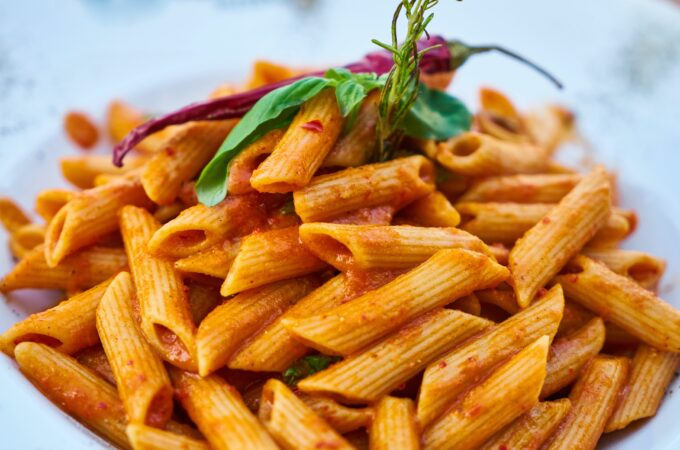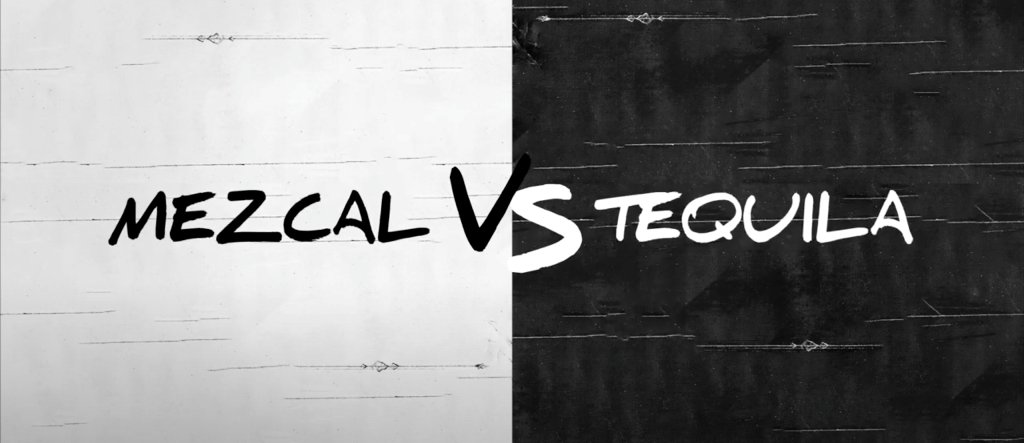
Mezcal vs. Tequila: Why You Have Been Missing Out On Mezcal
It is okay to let down your hair every once in a while. Maybe have a Friday night in and a cup of booze or alcohol. If you are a fan of alcoholic beverages, then you must have heard of mezcal and Tequila. Mezcal is a distilled alcoholic drink made from any type of agave plant, usually a plant that is native to Mexico. Tequila is also a Mexican drink that is made from the blue agave plant. Some of you are probably thinking they are both the same thing, and it’s not wrong to assume so, seeing as they are both Mexican alcoholic beverages made from agave plants. The question is, why is the difference between the two? Is it any better than the other, and if so, which is it?
Difference between Mezcal and Tequila
Let’s take a look at the difference between Mezcal and Tequila, and then it’s up to you to decide which is better in mezcal vs tequila. Before we proceed, it is essential to note that all tequilas are mezcals, but not all mezcals are tequilas.
-
Type of Plant Used
Mezcals can be made from over thirty different agave plants, the most popular ones being tepeztate, arroqueño, tobalá, espadín, and tobaziche. At the same time, Tequila is only produced from the blue agave plant.

-
The Process of Distilling
Mezcal is produced by cooking the core of the agave plants, which are also called piña, inside earthen pits that are streaked with lava rocks and packed with charcoal and wood, after which it is distilled in clay pots. This method is the technique behind the smoky flavor attached to mezcals. However, large-scale mezcal producers have mechanized this process, but it is still in use by traditional mezcal makers. On the other hand, Tequila is produced by steaming the agave plant’s core using industrial ovens before it is being distilled into copper pots about 2 or 3 times.
-
The Region of Production
Although both mezcals and tequila are produced in Mexico, they are made in different places. Mezcals are produced in nine otherlocations across Mexico, and they include Guanajuato, San Luis Potosi, michoaćan, Zacatecas, Puebla, Tamaulipas, Durango, and Oaxaca. Tequilais produced in five different places across Mexico, and they include Tamaulipas, Guanajuato, Jalisco, Michoaćan, and Nayarit.
-
The Way They are Labeled
After the distilling process of both mezcals and tequilas, they are poured into oak barrels to age. However, the different stages of aging are named differently for mezcals and tequilas. For instance, when Tequila is aged 0 to 2 months, it is labeled Blanco, silver, or Plato. When aged for 2 to 12 months, it is labeled reposado, and Anejo when aged 1 to 3 years. On the other hand, when mezcals age from 0 to 2 months, they are labeled Joven, Blanco, or abacado. When aged for 2 to 12 months, it is labeled reposado and Anejo when aged at least one year.

What You Have Been Missing Out On Mezcal
Here are some vital points of mezcals compared to Tequila.
-
Taste
A sweet, smooth flavor characterizes Tequila, while mezcals are characterized by a savory, smoky flavor attributed to the underground pit lined with wood used for cooking mezcals. Also, the worm that is added to many mezcals bottles improves the taste of the beverage.
-
Healthier
Tequilas usually contain artificial sugars and margaritas, this making mezcals cleaner, purer, and healthier. Also, the fact that the process of producing mezcals is more intense compared to that of tequilas gives mezcals an edge over Tequilas.
Conclusion
Having read about the features and differences between mezcals vs. tequilas, I hope it will be easier to choose between them.
